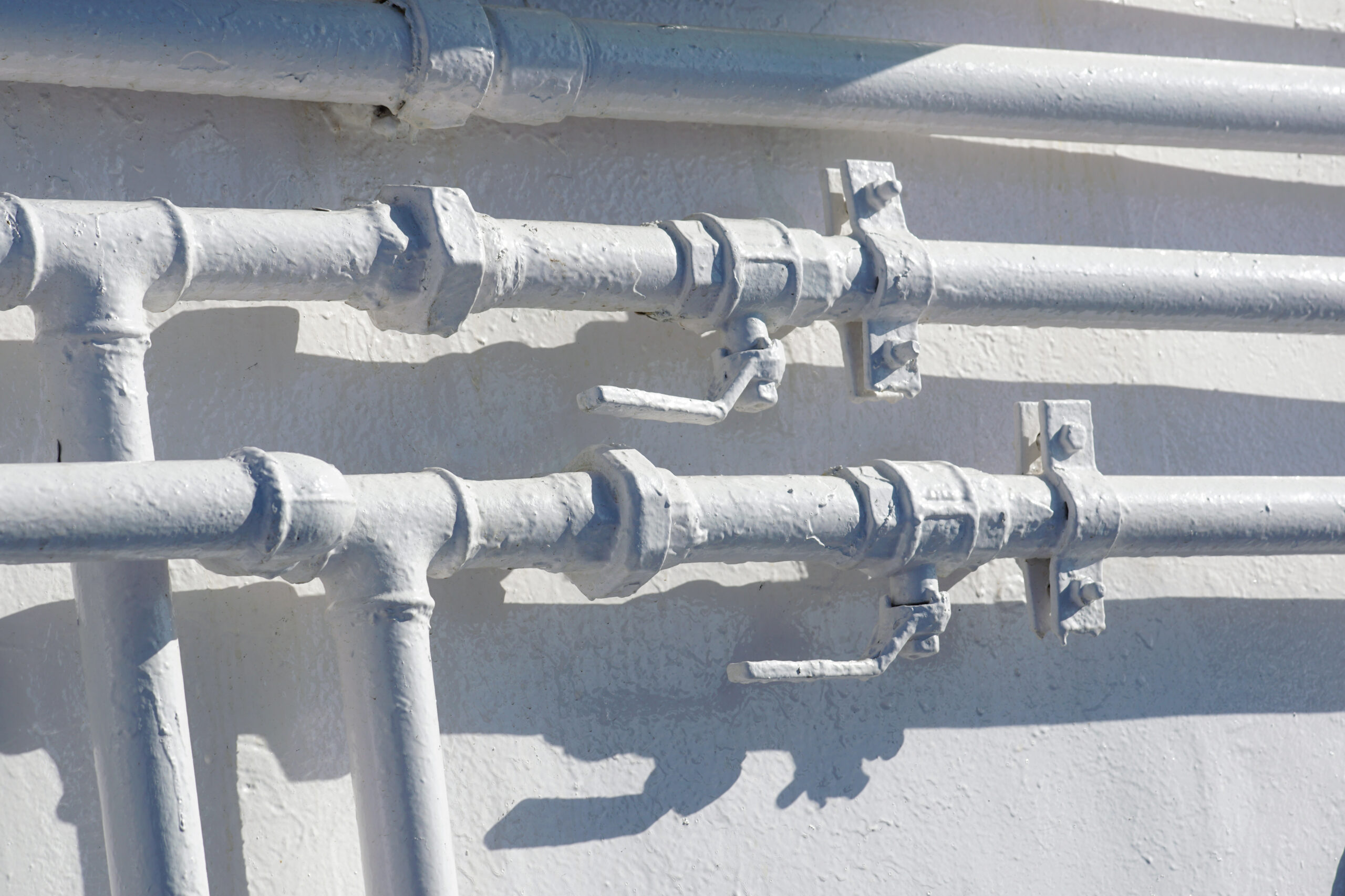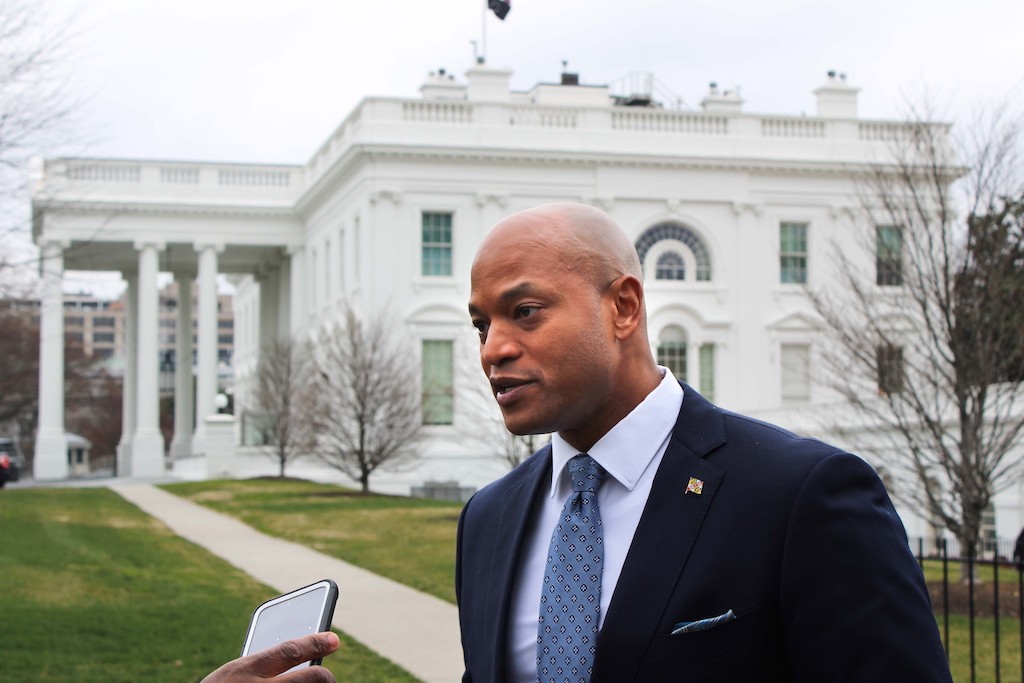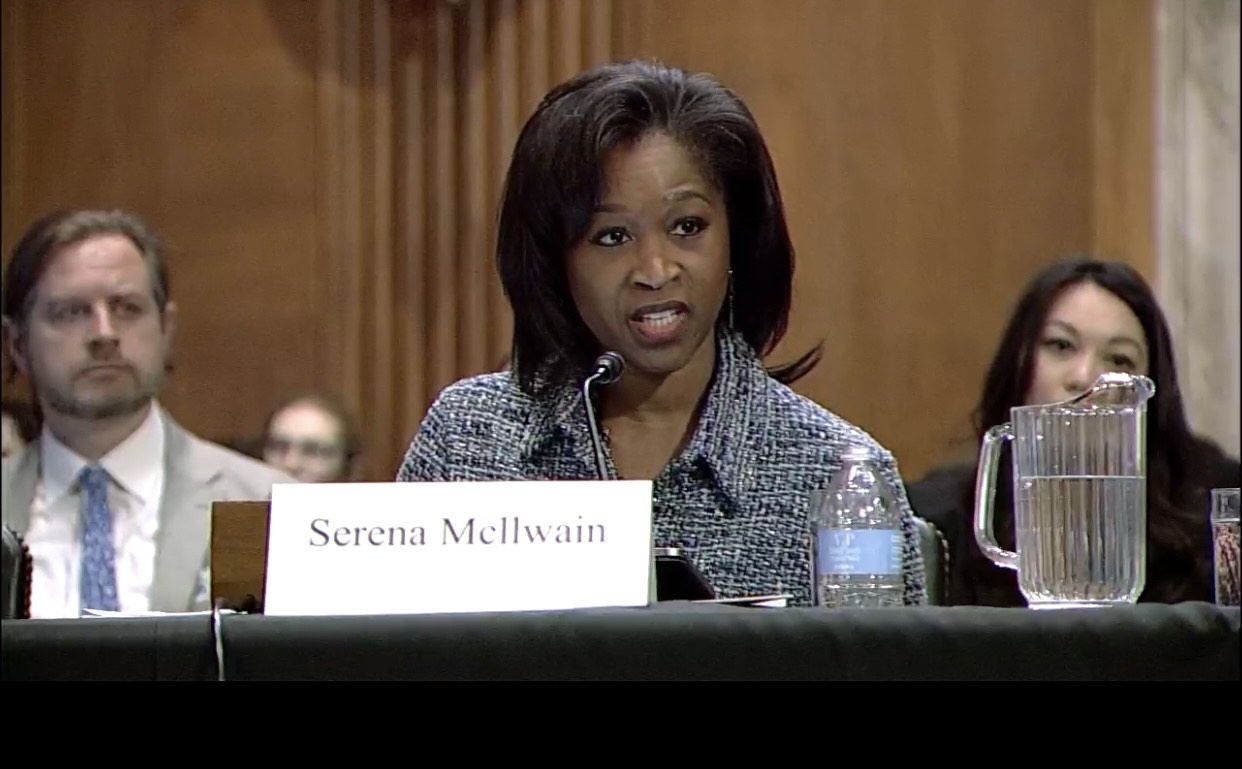White House launches new push to help states remove lead pipes that carry drinking water

The White House on Friday announced plans to speed up the use of infrastructure law funds to replace lead pipes in underserved communities, with a focus on Connecticut, New Jersey, Pennsylvania and Wisconsin beginning this year.
The four states, each led by Democratic governors, will be part of what’s called the Lead Service Replacement Accelerators program in collaboration with the Environmental Protection Agency and the Department of Labor.
The administration characterized it as a way to “drive progress” in using the Infrastructure Investment and Jobs Act funding dedicated to removing and replacing lead lines that carry drinking water to homes and schools. Exposure to lead in drinking water, particularly in children or pregnant women, can cause lasting neurological damage.
“Our Lead Service Line Replacement Accelerators demonstrate our commitment to ensuring every community has access to safe, clean drinking water,” EPA Administrator Michael Regan said in a statement Friday.
“By leveraging the historic investment made possible by the Bipartisan Infrastructure Law, we are moving one step closer to achieving President Biden’s vision of 100% lead-free water systems for all.”
Help for communities
The new initiative is meant to bring “hands-on support” and technical assistance from the EPA to guide communities through the lead service line removal process. That assistance might include help completing federal grant and loan applications, or expertise in finding labor and contractors.
Up to 10 million households and 400,000 schools and child care centers have lead service lines, according to the White House.
“It should be a right of every occupant of this earth and certainly of our country to have clean water, let’s just start there. Then let us understand, because many may not be aware, sadly, that it is not a right that is guaranteed to all the occupants of our country,” said Vice President Kamala Harris at the Accelerating Lead Pipe Replacement Summit held Friday at the White House.
“In many communities, families, children, parents cannot take for granted that they will turn on a tap and that clean water will come out. And I think we would all agree there is nothing about this that should be considered a luxury or an option,” Harris said during the summit’s keynote conversation with Regan.
Invited guests who attended the summit included mayors, philanthropic organizations, advocacy groups and community leaders.
Harris sent a letter to governors across the U.S. inviting them to join a wider, overarching coalition called the Biden-Harris Get the Lead Out Partnership.
So far it has brought together 123 municipalities, water utilities, community organizations and labor unions that have agreed to deploy federal funds to replace lead pipes, according to the vice president’s office. The Anne Arundel County Water District is an inaugural member of the partnership.
“We have labor, nonprofits, our agencies, and the private sector, all who are here with one thing in mind, and that’s to get lead pipes out of all of our communities,” Regan said Friday.
How funds are divided
The administration budgeted $15 billion in infrastructure funds over several years for the EPA to divvy up among states for lead service line replacements.
Another $11.7 billion was directed toward the EPA’s state revolving fund meant to support a range of water quality projects, including lead pipe replacements.
In 2022 the administration allocated a portion of the funds to states and territories to cover the next five years of lead line fixes.
The states that received the highest allocations were California, Texas, New York, Illinois, Florida, Ohio, Pennsylvania, Michigan, North Carolina and Massachusetts.
Maryland received the 15th-highest allocation and will receive more than $144 million for the overall effort to invest in drinking water improvements. The state will receive about $52 million specifically for lead pipe and service line replacement.
Allotments for 2023 are expected to be announced in the spring after the EPA publishes its latest, legally required Drinking Water Infrastructure Needs and Survey Assessment, according to the agency.
Some advocacy organizations, including the Natural Resources Defense Council, criticized the breakdown of last year’s funds, arguing that states with the most lead pipes — like Illinois, Michigan, Missouri, New Jersey and Ohio — were receiving fewer funds per replacement than states with fewer lead pipes.
“Every state has lead service lines, but some have significantly more than others. The highest concentration of lead service lines delivering water to homes are in the upper Midwest and Northeast states as well as Texas,” the NRDC’s Cyndi Roper wrote in July.
In the NRDC's analysis, Michigan and Missouri received about $151 per lead service line, while 13 states received more than $2,000 per line.
The NRDC estimated that Maryland has 74,000 lead service lines and will receive about $700 per line.
Risks of childhood lead poisoning not equal
Not all children and families are equally susceptible to lead exposure. The risk is greater for those who live in low-income households and in older homes where lead plumbing fixtures, pipes and lead-based paint have not been replaced or remediated.
Research as recent as 2021 continues to show that Black children and children in low-income communities consistently show higher blood lead levels than their non-Hispanic white counterparts.
“It is up to communities to hold our elected officials accountable [for] implementing the infrastructure bill. It's up to utilities to share what they need to ramp up their lead service line [replacement] programs. Most importantly, it is up to our government agencies and mayors and governors to act with a sense of urgency to prioritize removing every single lead service line,” Deanna Branch, of the Milwaukee-based Coalition for Lead Emergency, said at Friday’s White House summit.
Branch was accompanied at the podium by her 9-year-old son, Aiden, who at the age of 2 was hospitalized with lead poisoning.
No level of lead is safe for children, according to the Centers for Disease Control and Prevention.
The CDC estimates that about a half a million children in the U.S. have elevated blood lead levels, meaning the amount of lead found during a blood test is higher than most other children.
Some of the most common sources of exposure include lead paint in older housing stock, water carried through lead pipes, soil and dust near industrial sites and imported toys or jewelry.
Children under age 6 are most at risk for lead poisoning because of their hand-to-mouth behavior and because their developing nervous systems are vulnerable to what can be permanent effects of lead exposure, including lower IQ, behavioral problems, developmental delays and learning difficulties.
Danielle E. Gaines contributed to this report.




 Creative Commons Attribution
Creative Commons Attribution